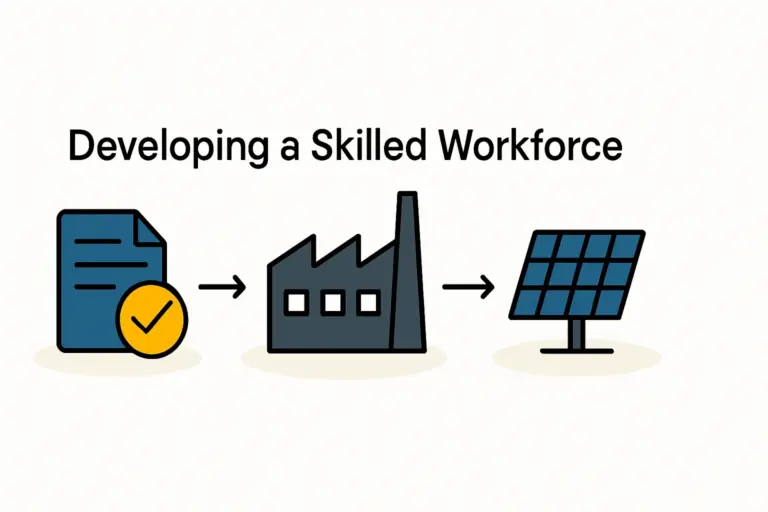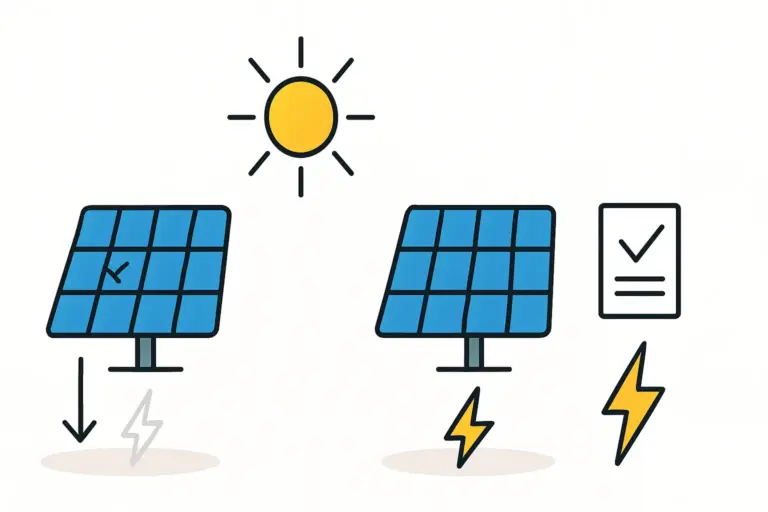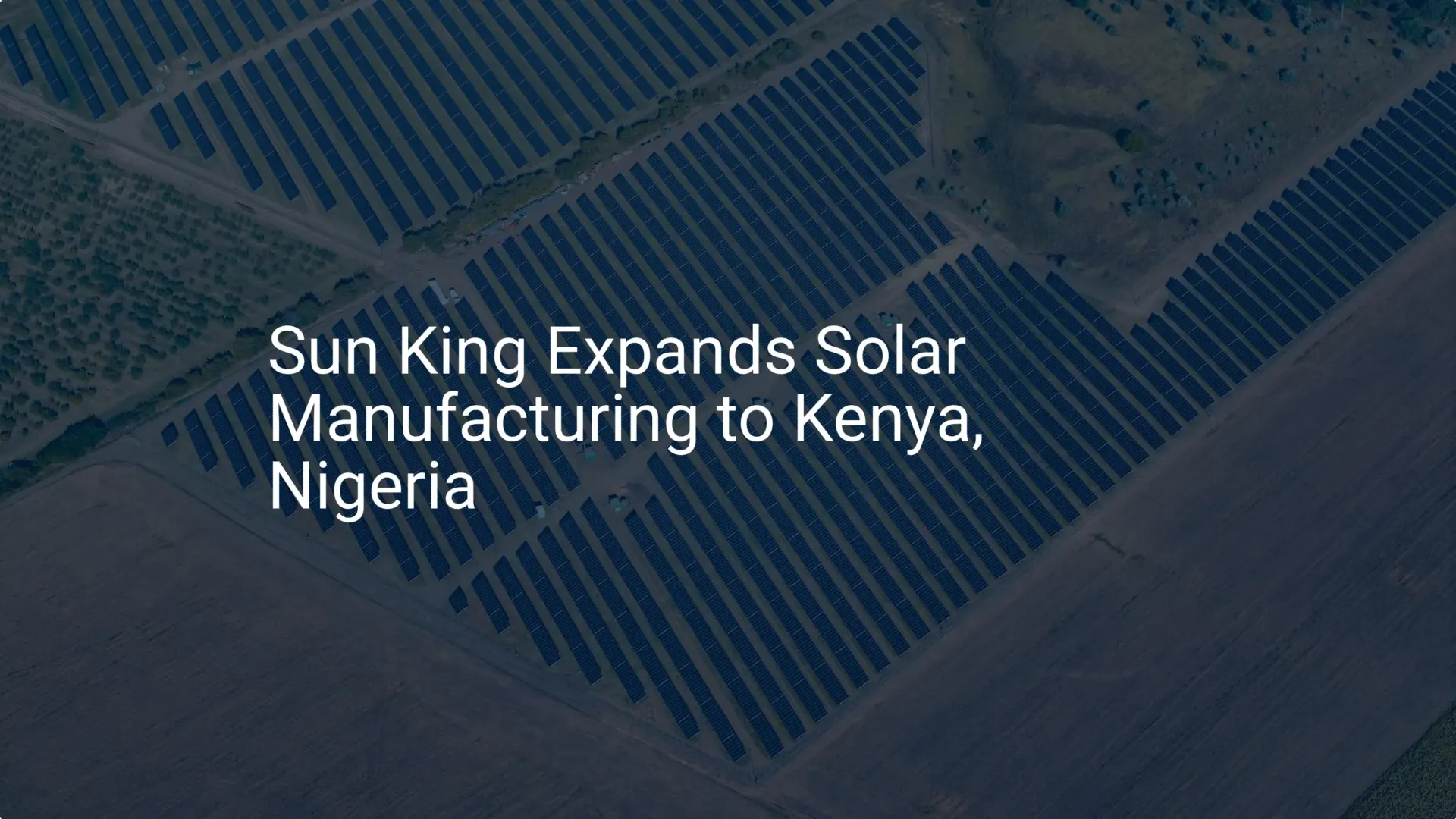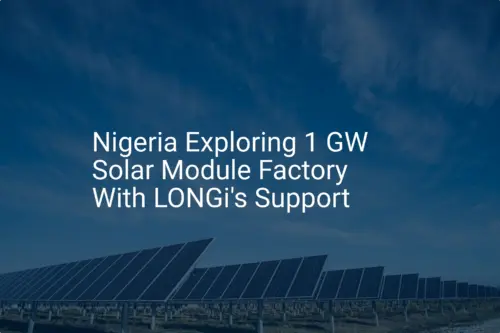A government tender is announced in Niger for a rural electrification project, with the goal of powering 100 remote health clinics. Two technically sound, competitively priced bids are submitted. One company proposes to supply imported solar modules; the other commits to assembling them within Niger.
In today’s development landscape, the second proposal has a decisive advantage. This scenario is becoming increasingly common and creates a significant opportunity for entrepreneurs who can establish local production capabilities.
This article explores the strategic importance of local content in Niger’s public and NGO-led solar projects. We’ll explain how local manufacturing not only meets tender criteria but also builds a more resilient and sustainable business model for a market poised for exponential growth.
The Scale of the Opportunity in Niger’s Energy Sector
Niger stands at a critical juncture in its development. With a population of over 25 million, an estimated 80% of its citizens live without access to reliable electricity. In response, the government has launched an ambitious national strategy: to achieve an 80% electrification rate by 2035, with renewables accounting for 30% of the energy mix.

This initiative is heavily supported by major international and national bodies, including:
- ANPER (Agence Nigérienne pour la Promotion de l’Électrification en milieu Rural): The key government agency driving rural projects.
- Nigelec: The national utility company overseeing grid expansion.
- International Partners: The World Bank, the African Development Bank (AfDB), UNDP, and GIZ are financing numerous projects, from large-scale solar farms to decentralized mini-grids and standalone systems for schools and water pumps.
However, a heavy reliance on imported solar modules poses a persistent challenge. This exposes critical national projects to global supply chain volatility, shipping delays, and foreign currency fluctuations. To mitigate these risks and foster economic self-sufficiency, public tenders are increasingly designed to favor or mandate local content.
Understanding ‘Local Content’ in Public and NGO Tenders
In a solar tender, ‘local content’ simply means the portion of goods, services, and labor sourced from within the host country. This goes beyond hiring local staff for installation; it extends to the manufacturing and assembly of core components like the solar modules themselves.
Governments and development organizations champion local content policies for several key reasons:
- Job Creation: Local assembly lines create skilled technical jobs and support a domestic industrial ecosystem.
- Skills Development: The process fosters a knowledgeable workforce capable of maintaining and expanding the country’s energy infrastructure.
- Economic Resilience: It reduces dependence on foreign imports and keeps capital within the national economy.
- Supply Chain Security: Local production ensures a more predictable supply of modules, insulating projects from international disruptions.
For a business bidding on these projects, meeting local content requirements is no longer a ‘nice-to-have’. It has become a powerful competitive differentiator that signals a long-term commitment to the country’s development goals—often tipping the scales during the evaluation process.
The Strategic Advantage of Local Solar Module Assembly
While importing finished modules might seem simpler at first, establishing a local assembly facility offers compelling long-term advantages that align perfectly with Niger’s market dynamics. The process of starting a small-scale solar module factory is more accessible than many entrepreneurs believe and provides a direct path to winning more bids.

Consider the contrast between the two supply chain models:
Importing Finished Modules:
- High Risk: Vulnerable to port congestion, customs delays, and volatile international shipping costs.
- Currency Exposure: Transactions are in foreign currency (USD, EUR, CNY), which creates financial uncertainty.
- Limited Flexibility: Large minimum order quantities often don’t suit the specific needs of smaller, distributed projects.
Local Assembly of Modules:
- Increased Control: Final assembly happens in-country, which allows for better quality control and faster response times.
- Reduced Logistics Complexity: Importing raw materials in bulk is often more efficient and cost-effective than shipping fragile, finished modules.
- Tender Compliance: Directly meets and exceeds local content requirements, making bids far more attractive.
- Market Adaptation: Production can be tailored to the specific technical requirements of rural and off-grid projects.
Our experience with turnkey projects shows that an investor can become the preferred local supplier for a steady stream of public and private contracts, building a reputation for reliability and national contribution.
Tailoring Production for Niger’s Specific Needs
A common misconception is that a local solar factory must produce the largest, most advanced modules. In reality, the primary demand in Niger’s rural electrification market is not for the 550W+ bifacial modules used in utility-scale solar farms.
Instead, tenders from ANPER and NGOs most often call for smaller, highly reliable, and robust modules, typically in the 50W to 150W range. These modules are ideal for:
- Solar home systems
- Powering rural health clinics and schools
- Solar water pumping for agriculture and communities
- Street lighting and other public infrastructure
A local assembly facility can specialize in producing these exact types of monocrystalline or polycrystalline modules, perfectly matching market demand. This focus streamlines operations and establishes the business as a leading expert for off-grid and mini-grid solutions in the region.

Overcoming Common Challenges for New Entrants
Entering the solar manufacturing sector does present challenges, particularly in developing industrial environments. Common concerns include the initial capital outlay, access to a skilled workforce, and bureaucratic processes.
However, these obstacles are surmountable.
- Investment: The investment required for a semi-automated 20-50 MW production line is significantly lower than for a fully automated gigafactory. This scale is perfectly suited to the current needs of the Nigerien market.
- Skilled Labor: Modern solar manufacturing equipment is designed for efficient operation. During the commissioning phase, experienced engineers can train a core team, who in turn train local operators. A small factory can often be run with fewer than 30 employees.
- Setup and Operation: A well-structured plan, supported by a partner with experience establishing a turnkey production line, can get a facility from planning to production in under a year.
By addressing these points with a clear strategy and expert guidance, an entrepreneur can transform potential barriers into a solid foundation for a successful business.
Frequently Asked Questions
What exactly is a ‘local content requirement’ in a tender?
It’s a clause in a procurement contract that requires the winning bidder to use a certain percentage of locally sourced materials, labor, or services. For solar projects, this can specifically mean assembling or manufacturing the solar modules within the country.
Do I need a massive factory to compete for these tenders?
No. A small to medium-sized facility (e.g., 20 MW to 50 MW annual capacity) is often more than enough to meet the demand for rural electrification and NGO projects. This scale keeps the initial investment and operational structure manageable.
What kind of solar modules are most in demand for these projects in Niger?
The primary demand is for robust and reliable polycrystalline or monocrystalline modules, typically ranging from 50W to 150W. These sizes are ideal for standalone systems (like solar home systems or water pumps) and mini-grids, which are the backbone of rural electrification efforts.
How long does it take to set up a small-scale solar production line?
With proper planning and the support of an experienced technical partner, a semi-automated production line can be fully operational in about 9 to 12 months from the project start.
Your Next Steps in Exploring the Nigerien Solar Market
The combination of Niger’s national electrification goals and the strategic push for local content has created an exceptional business opportunity. Entrepreneurs who establish local solar module assembly capabilities are not just building a factory; they are positioning themselves as critical partners in the nation’s development.
By turning a supply chain vulnerability into a strategic advantage, you can secure a leading position in a market with decades of growth ahead. For those considering this path, the next step is to deepen your understanding of the technical and financial requirements. The structured e-courses available on pvknowhow.com provide a comprehensive foundation for planning your entry into the solar manufacturing industry.






